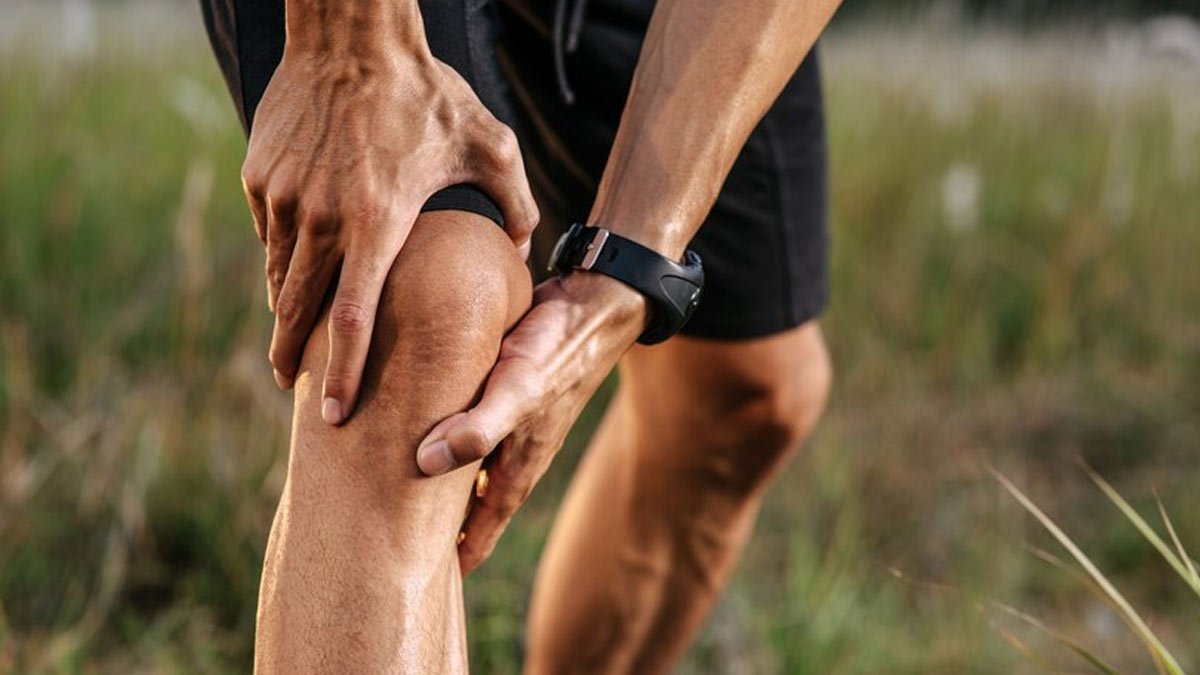
Arthritis is the condition that affects your joints causing pain, swelling and stiffness. There are different types of arthritis with several causes including wear and tear, infections and other underlying diseases. It encompasses a range of disorders, including osteoarthritis, which results from wear and tear on the joints, and rheumatoid arthritis, an autoimmune disease where the body's immune system attacks the joint tissues. While medications and other treatments are available, yoga can also help you give some relief from the pain and improve joint function.
Table of Content:-
To understand how yoga can ease arthritis pain and learn yoga asanas for it, OnlyMyHealth interacted with Himalayan Siddhaa Akshar, Akshar Yoga Kendraa, Yoga and Spiritual Leader, Bengaluru.
According to Akshar, gentle yoga poses and stretches can help improve joint flexibility, reduce stiffness, and alleviate discomfort associated with arthritis. The practice also promotes relaxation and can contribute to better overall well-being. Warning, he said, “However, it's essential to approach yoga with caution and consult with a healthcare professional to ensure that the chosen poses align with your specific condition and limitations.”
A study by the National Institute of Health said that yoga practice often begins with a slow movement sequence to increase blood flow and warm muscles. It stated, “Moving joints through their full range of motion increases flexibility, while standing poses promote balance by strengthening stabilizing muscles and improving proprioception to reduce falls. Thus, yoga incorporates several elements of exercise that may be beneficial for arthritis.”
Let's explore some simple yoga poses recommended by Akshar that can be beneficial for managing arthritis symptoms and enhancing joint flexibility.

Child's Pose (Balasana): Start on your hands and knees, then sit back on your heels, reaching your arms forward. According to Akshar, this pose gently stretches the hips, thighs, and ankles, providing relief to the lower back.
Also read: Balasana or Child's Pose Is A Great Exercise For Whole Body, Learn Its Benefits

Cat-Cow Stretch (Urdhva/Adho Marjaryasana): Move between arching your back upward (like a cat) and dipping it downward (like a cow). This dynamic movement helps improve flexibility in the spine and eases tension in the neck and shoulders.

Downward-Facing Dog (Adho Mukha Svanasana): Start on your hands and knees, then lift your hips towards the ceiling, forming an inverted V-shape. This pose stretches the hamstrings, calves, and shoulders, promoting flexibility throughout the body.
Mountain Pose (Tadasana): Stand tall with your feet together, arms at your sides. This foundational pose encourages proper alignment, strengthens the legs, and improves posture, offering relief to arthritis-related discomfort.
Warrior I (Virabhadrasana I): Step one foot back and bend the front knee, arms reaching overhead. Akshar said, “Warrior I enhances strength in the legs and opens the chest, fostering flexibility in the hips.”

Seated Forward Bend (Paschimottanasana): Sit with legs extended, then hinge at the hips to reach towards your toes. This seated stretch targets the lower back, hamstrings, and calves, promoting joint mobility.
Bridge Pose (Setu Bandhasana): Lie on your back, bend your knees, and lift your hips towards the ceiling. Bridge Pose strengthens the lower back, buttocks, and thighs, supporting overall joint health.
Also read: What Is Tadasana PM Modi Urged People To Practise? Know Its Benefits

Legs Up the Wall Pose (Viparita Karani): Sit close to a wall, then lie on your back with legs extended up the wall. This gentle inversion can reduce swelling in the legs and alleviate pressure on the joints.
Supine Hand-To-Big-Toe Pose (Supta Padangusthasana): Lying on your back, extend one leg upward while holding the big toe. This pose aids in hip flexibility and can be modified based on your comfort level.

Corpse Pose (Savasana): Akshar advised to end the practice by lying on your back, arms at your sides. Savasana allows for relaxation and integration of the benefits from your yoga session.
Conclusion
Remember, it's crucial to listen to your body and modify these poses as needed. If any pose causes pain, it's essential to stop and consult with your healthcare provider. Incorporating these gentle yoga poses into your routine regularly may contribute to better arthritis management and increased joint flexibility.
Also watch this video
Read Next
Yoga For Health: How Do Pranayam Exercises Like Anulom Vilom Help For Better Heart Function?
How we keep this article up to date:
We work with experts and keep a close eye on the latest in health and wellness. Whenever there is a new research or helpful information, we update our articles with accurate and useful advice.
Current Version